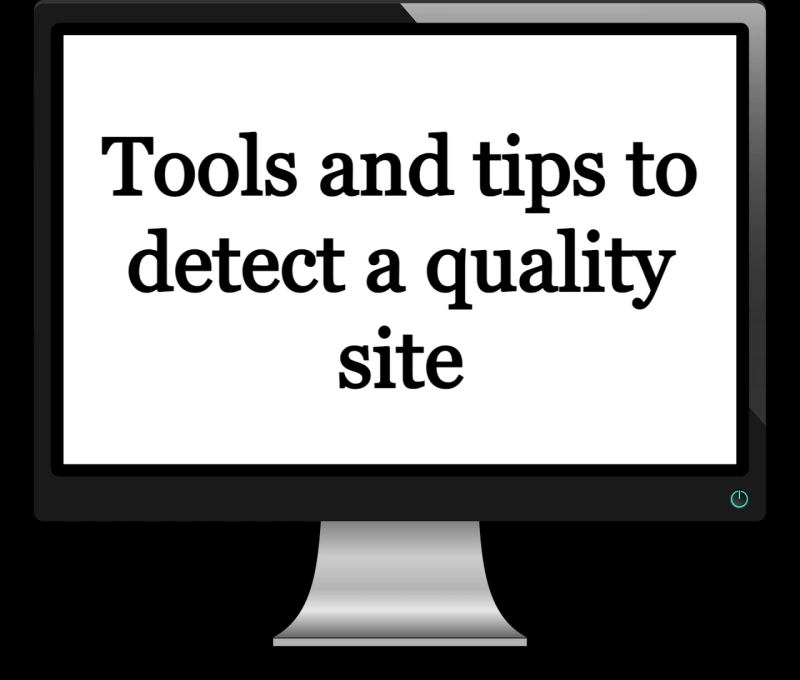While net linking is essential when it comes to SEO, not all links are good to use, because Google has a strict policy. Here are some tips on how to spot an interesting site and a quality link and avoid being penalized by the algorithm in the short, medium, or long term.
The importance of linking
Many believe that good content and an optimized customer journey are all it takes for effective SEO. Admittedly, this one, by providing a relevant answer to the questions of the Net surfer, plays an essential role. But to put it forward, linking is essential, but focusing on quality over quantity.
To get the best results, here are the criteria to consider:
The diversity of link anchors is key. Instead of attaching different links to the same keyword, place next to each other the latter to the link to reinforce the semantic context. Despite a lower impact, this technique has the advantage of being low risk.Regarding the links to the homepage, avoid as much as possible optimized anchors and prefer to use the name of the site. It remains to choose sites or quality pages that link you.Some effective tools to assess the quality of a site
A link obtained from a blog article is interesting in SEO, provided that the blogger has not multiplied the links to several sites on optimized anchors. If so, to avoid being branded as a link “buyer”, switch blog.
1. Tool 1: The free version of Majestic SEO gives you guidance on the Trust Flow (TF) and Citation Flow (CF) of a page. While the former measures trust, the latter is an indicator of PageRank. Concretely, by entering the URL of a site (and if applicable of a page), if you see a TF higher than the CF, this means that the site obtains trusted links and that you will benefit from receiving them. it's your turn. Some experts recommend calculating the TF / CF percentage. Acceptable from 70%, the ratio is at the top above 100%.
2. Tool 2: In addition to Majestic SEO, the OpenLinkprofiler analyzer allows you to check whether or not the link anchors of the site you are linking to are highly optimized. Unnatural links mean a risk of flagging by Google. To save time in viewing the site's link placement, simply click on its referring pages.
3. Tool 3: If you want to be satisfied with a quick analysis of the anchors of links of a site without spending too much time there, you can also use Ahrefs in its free version on which indicators inform you of the percentages of anchors links (on the home page).
4. Tool 4: The range of MOZ tools has also just been enriched with the MOZ spam score which calculates a spam score between 0 and 17 for a site profile. It allows you to quickly find out whether Google is likely to classify it as "spammy". This tool takes into account criteria relating to linking (lack of inbound links or low variety, no links on the name or brand, predominance of do-follow links over no-follow, etc.). It also analyzes the content of the site: excess of external links especially in the sidebar or insufficient internal links, internal optimized anchors, excess absence of email/address/links to social platforms ...
In conclusion
The important thing when you do net linking is to have very natural links. The aforementioned metrics should be used to confirm your personal judgment, which remains your most reliable decision-making tool.


